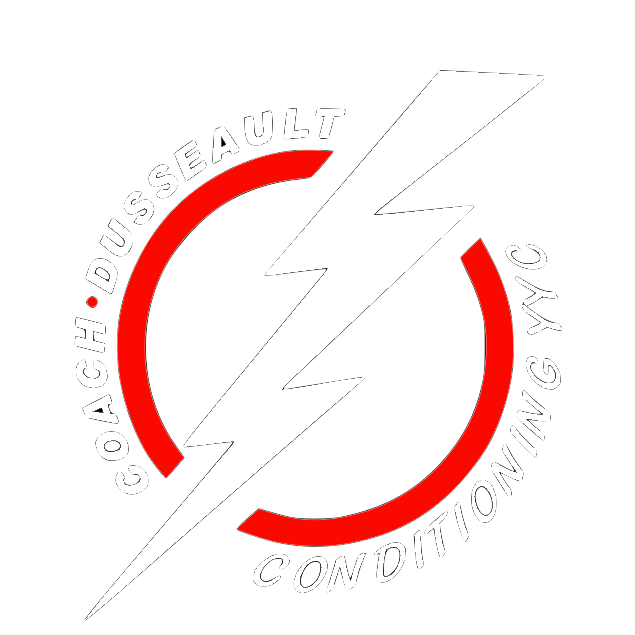Why Train In-Season & How To Do It
These are some of the many reasons I have heard for athletes not wanting to train in season. On the surface, I understand the concern. It is hard to fit in a training program to a schedule already full of sports / school / work / other commitments you may also have going on. However, it is the athletes that are willing to make these commitments that will truly see success in their sport. Why? Well for one, if you think that time commitments go down once you make it to the University / College level, the junior level, or even the pro levels you are insane. So if you are able to get used to the increased commitment to your schedule right now, then by the time you make it there you will transition easily. Second, if you stop working on building strength, endurance, power, etc. etc. etc. while you’re playing then the improvements you built during your off-season will continue to decrease as the season goes on and the games get more important. To put it simply you will be in the worst shape you are all season when the games matter most.
Now if that is the case, why would athletes feel it is even slightly reasonable not to train in-season? I really feel the answer to this question is easy. The training you are doing in season is terrible. When I look at most in-season training programs there is little to no regard for the actual schedule of the athlete. Coaches stick to their schedule regardless of what the athlete has coming up. This often results in tough workouts the day before a game which results in a fatigued athlete during the game and further results in the athlete feeling that “in-season training is simply not for me.”
How do we fix it?
First we need to understand that every athlete is different and their training must reflect that. As far as building the “perfect” in-season training program, I don’t believe this exists.
We must look at the variables at play. Athlete’s training experience, sport schedule, nutrition & sleep habits, as well as monitoring how the athlete is feeling on any given day. Programming for an athlete in-season is something I have struggled with in the past, but here is how I like to do it now.
First – Find the focus for the program. Most important here is to collaborate with your athlete. What do they need to improve on? You may have your ideas on this but the athlete will likely know best.
Second – Once I have my focus is create the “Minimum Viable Program” a concept I learned about from Mladen Jovanovic’s book “The Strength Training Manual”. This means creating what I would like to see the athlete do at a minimum within their week. For example if the focus of the program is explosive power;
1 strength session per week
2 explosive power sessions per week
1 aerobic session per week
Exact number of sessions will always change depending on variables I mentioned above. Then, once the program is complete I will add in some notes for the athlete of how to structure the program depending on their sport schedule.
Example;
Strength Session – Only done with 1 day break before game. (If you have a game friday do strength session on Wednesday)
Power session A – Day after game day
Power Session B – Can be done on practice day, never on game day
Aerobic Session – Done after games
This leaves the structure of any given week up to the needs of the athlete instead of a made up schedule that I come up with.
Finally, an extremely important part of in-season training is to make sure that the athlete is actually benefiting from the training sessions. How I like to make sure of this is to aim to get the athlete doing the most possible volume without feeling the fatigue during games. If the athlete is having a particularly difficult or stressful week (heavy at school, fighting with significant other, any other life stressors you can think of) I always try to make sure we are monitoring and adjusting training as needed to have the most positive benefit on their performance as possible. Sometimes this means taking some weight off the bar or doing a few less sprints during any given session to make sure they save their energy for what REALLY matters.
In-season training is an ever changing process to do it effectively. It is tough to put all the ideas into one blog post, but hopefully this has given you at least a start on how to develop your in-season training. Trying to theoretically discuss how to build an in-season program is much more difficult than having a specific athlete with specific needs right in front of you. I would love to hear thoughts on what you read here, or what you currently do in-season as well. Let’s all grow and develop together.
